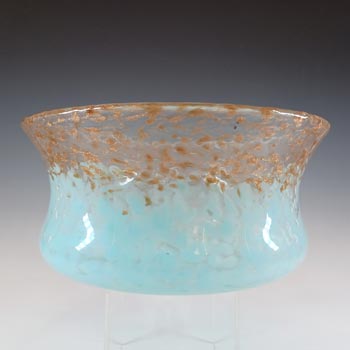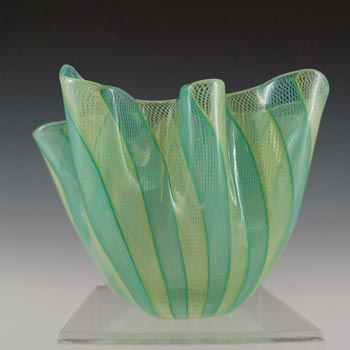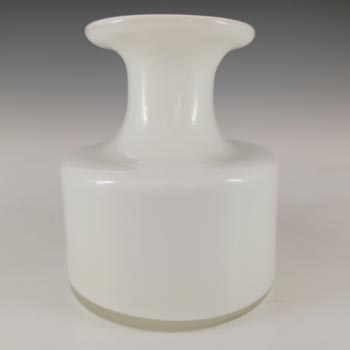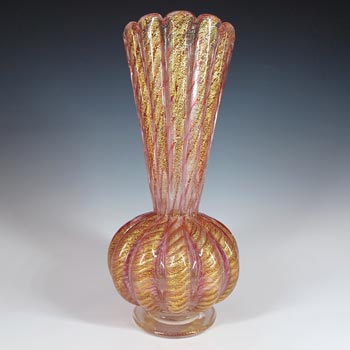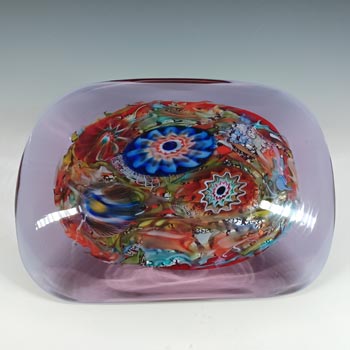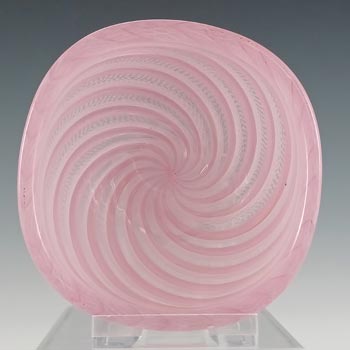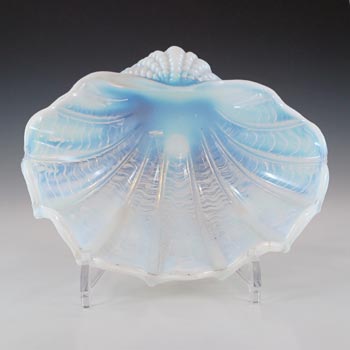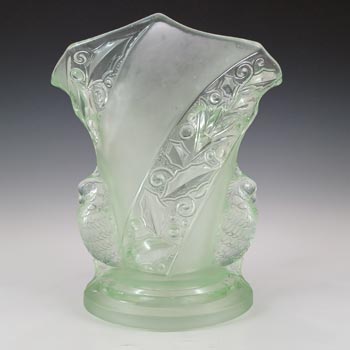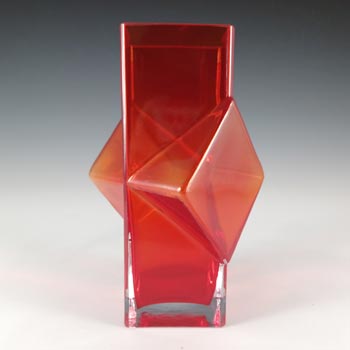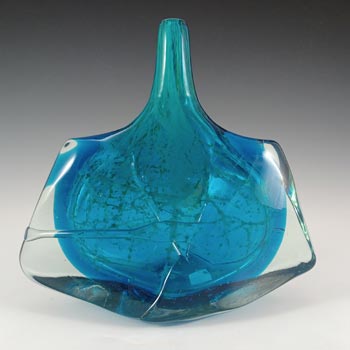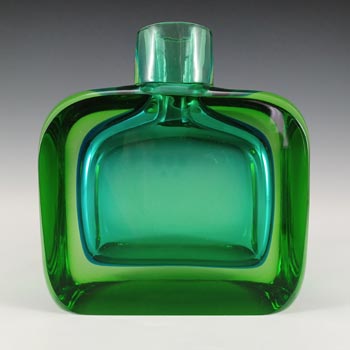Barovier & Toso was formed in 1936 with the merge of two glasshouses - Vetreria Artistica Barovier, and Ferro Toso. the company was first known as Ferro Toso Vetrerie Artistiche Riunite S.A. up until 1942, and then Barovier & Toso. Chief designer Ercole Barovier created many well known designs, including Crepuscolo, Brillantati, Zebrati, Acanto, and of course the popular ribbed design Cordonato d'Oro, usually made in red glass with gold leaf inclusions. The company still exists today.
Sources: 20th Century Factory Glass by Lesley Jackson.

